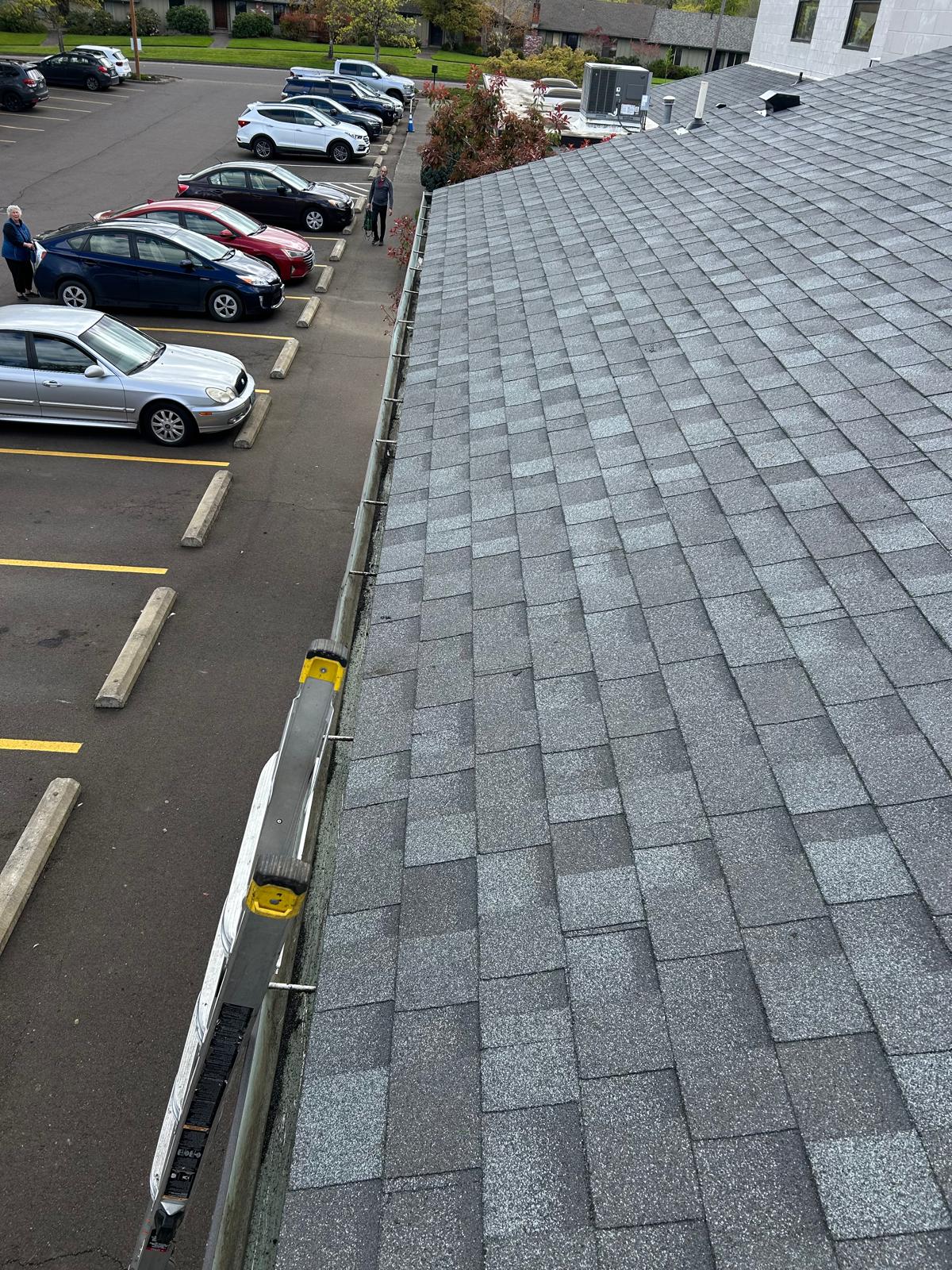Oregon’s lush landscapes and unpredictable weather patterns make it a beautiful—but challenging—place to own a home. Rain, snow, wind, and moss growth all take a toll on roofing materials over time. Whether you’re building a new house or assessing the condition of an existing roof, understanding how long a roof typically lasts in Oregon is key to planning and budgeting effectively.
Below, we break down the average lifespan of common roofing materials used in the Pacific Northwest and provide tips on how to get the most out of your roof.
Why Climate Matters for Roof Longevity
Oregon’s climate, particularly in cities like Salem, is characterized by heavy rainfall in the winter, occasional snow, and damp conditions throughout the year. These factors accelerate wear and tear on roofing systems and can shorten their overall lifespan—especially if not maintained regularly.
The combination of moisture and lack of consistent sun exposure also promotes moss and algae growth, which can degrade roofing materials, cause leaks, and contribute to premature aging.
Average Lifespan of Popular Roofing Materials in Oregon
Asphalt Shingles (3-Tab and Architectural)
Asphalt shingles are the most commonly used roofing material in Oregon due to their affordability and ease of installation.
- 3-Tab Shingles: These basic shingles usually last 15 to 20 years in Oregon’s climate, though moss and wind damage may shorten that lifespan.
- Architectural Shingles: Thicker and more durable than 3-tab shingles, architectural shingles can last 20 to 30 years with proper maintenance.
Maintenance Tip: Schedule annual inspections and keep gutters clear to prevent water buildup and moss growth.
Metal Roofing
Metal roofs are becoming increasingly popular across Oregon for their longevity and ability to withstand extreme weather conditions.
- Average Lifespan: 40 to 70 years, depending on the type of metal and quality of installation.
- Benefits: Fire-resistant, highly durable, and excellent for shedding rain and snow.
Keep in mind that while metal roofing has a higher upfront cost, it can offer better value over the long run due to minimal maintenance requirements.
Cedar Shake Roofs
Cedar shake roofs add rustic charm and are traditionally seen in more rural or upscale homes throughout Oregon.
- Average Lifespan: 25 to 35 years, though they require regular treatment to prevent rot and insect damage.
- Challenges in Oregon: High moisture levels can accelerate decay without regular sealing and maintenance.
Tile and Slate Roofs
These high-end roofing options are less common but extremely durable.
- Tile Roofs: Can last 50 to 75 years.
- Slate Roofs: Offer a lifespan of 75 to 100 years or more.
However, their weight requires special structural support, and repairs can be costly. These materials are better suited for dry climates but can still perform well in Oregon with expert installation.
Signs Your Roof May Be Nearing the End of Its Life
Regardless of the material, there are a few universal signs that your roof may be aging or failing:
- Missing, curling, or cracked shingles
- Dark patches or streaks (often due to algae or water damage)
- Frequent leaks or ceiling stains inside the home
- Granule loss (common with asphalt shingles)
- Sagging or soft spots when walked on
If you notice any of these signs, it’s time to call a professional roofing contractor in Salem for a thorough inspection.
How to Extend the Life of Your Roof
1. Regular Roof Inspections
A professional inspection once a year—or after a major storm—can help catch small issues before they become expensive repairs.
2. Moss and Debris Removal
In Oregon, moss is a major culprit in roof damage. Gently removing moss and trimming overhanging branches can help keep your roof dry and clean.
3. Keep Gutters Clear
Clogged gutters cause water to back up onto the roof, which accelerates decay. Cleaning your gutters at least twice a year is essential.
4. Address Repairs Promptly
Ignoring a small leak or broken shingle can lead to bigger—and more expensive—problems down the line.
Roof Replacement Costs and Considerations
While this article focuses on lifespan, understanding when to replace your roof is just as important. The cost will vary based on the size of your roof, chosen materials, and complexity of installation.
Before jumping into a full replacement, get multiple estimates and ask your contractor about warranties and energy-efficient roofing options. Investing in high-quality materials upfront can pay off through extended lifespan and fewer repair needs.
If you’re unsure whether your roof needs repair or replacement, reach out to a licensed local expert. Advanced Roofing Technologies Inc in Salem has experience dealing with Oregon’s unique roofing challenges. You can call them at (503) 339-7234 to schedule a roof evaluation.
Final Thoughts
The average roof lifespan in Oregon varies depending on the material, installation quality, and ongoing maintenance. Asphalt shingles may last just two decades, while metal and tile roofs can push well beyond 50 years. Given Oregon’s wet and moss-prone climate, staying proactive with inspections and upkeep is essential to maximizing your roof’s performance.
By planning ahead and understanding the signs of aging, you can avoid surprises, protect your home, and make wise long-term roofing investments.





